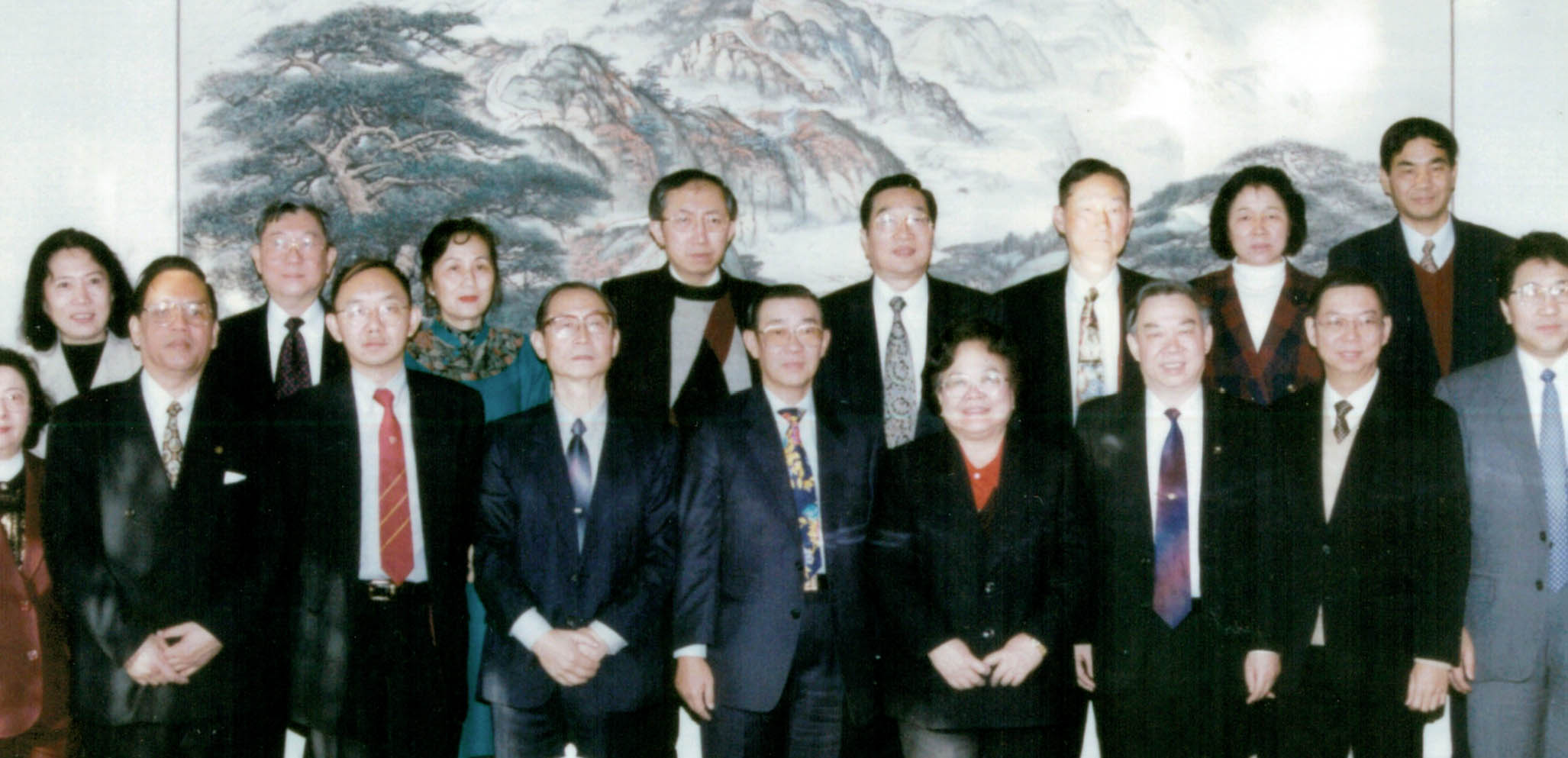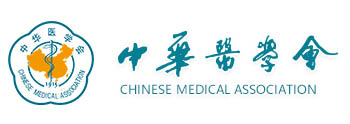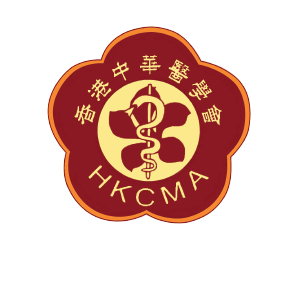
Names can be confusing, and it is worthwhile to begin the story by clarifying some names:
The Hong Kong Chinese Medical Association Limited (henceforth referred to as Hong Kong Chinese Medical Association or HKCMA) was established in September 1995. The late Dr. William Chao, Founding President, was a world-class digestive-endoscopy expert with pioneering contributions to his field in Hong Kong and the Mainland. To groom gastrointestinal-endoscopists, he spared no effort as a tireless educator to organize innovative and high-quality training programmes and seminars as a cradle of future leaders in the profession (see Note 1). Dedicated lifelong to the medical profession and to achieving the goals of the HKCMA, Dr. Chao collaborated closely with his peers in the medical sector and served as a professional advisor to the SAR Government. He also actively participated in public-health activities as a staunch advocate of health for all.
The time-honoured National Medical Association of China (henceforth referred to as the Chinese Medical Association, or CMA) was established more than a century ago in 1915 in Shanghai. This passage of time has borne witness to the sustainable development of the CMA.
According to the article The Hong Kong Chinese Medical Association written by Dr. William Chao in 2009 (see Note 2), the Hong Kong Branch of the CMA (henceforth referred to as HKbrCMA) was set up in 1921. However, the Hong Kong Medical Association (HKMA) records stated that the HKbrCMA was inaugurated in 1929 (see Note 3). Given incomplete archive information, such century-old events can no longer be verified. Nonetheless, it is tolerably clear that the HKbrCMA was founded within the 1920s.
The HKMA records above also listed the HKbrCMA and the predecessor of HKMA (henceforth referred to as pHKMA) “amalgamated” in 1932. Without any retrievable documents related to this event to suggest otherwise, we understand that during the period of “amalgamation”, the two associations joined forces but remained as two distinctive entities, while there was a complete overlap in the identity of Council Members. This is reflected in the archives of CMA, where the President of the pHKMA for the year 1934-1935 (Dr Phoon Seck-wah) as well as Council members (including Dr Li Shu-fan) were officially recorded as the President as well as Council members respectively of the HKbrCMA (see Note 4).
In 1970, the pHKMA was renamed as the Hong Kong Medical Association (HKMA), marking the beginning of the current HKMA entity. Meanwhile, the enthusiasts of the earlier HKbrCMA perceived the need to formally preserve the links with Mainland China flowing from the historical link with CMA. With Hong Kong returning to the motherland, our organization was founded in 1995 as a rejuvenation of the HKbrCMA’s spirit of Chinese heritage.
The legacy of the Chinese Medical Association
In February 1915, Dr. Yan Fu-qing and Dr. Wu Lian-de founded the CMA in Shanghai. In November of the same year, the inaugural issue of the Chinese-English bilingual “Chinese Medical Journal” was published and became the earliest western medical periodical published in Chinese. Dr. Yan was elected as the founding President at the inaugural meeting and Dr. Wu was subsequently elected as the first and second President at the 1916 and 1917 Member Congress respectively (see Note 5).
Dr. Yan graduated from Yale University School of Medicine in 1909. He was one of the founders and first President of Xiangya Medical College of Hunan, (currently known as Xiangya School of Medicine of the Central South University). He also founded the well-known Shanghai Medical College (currently known as Shanghai Medical College of Fudan University) and the Shanghai Zhongshan Hospital. As early as the 1920s, Dr. Yan publicly proposed the establishment of a central health ministry under the National Government.
Google Doodle honoured the 142-year-old birthday of the late Dr. Wu Liande on 10 March 2021 by detailing Dr. Wu’s life (see Note 6). Dr. Wu was born in an overseas Chinese family in Malaysia. In addition to being the first Chinese to be awarded a Doctor of Medicine degree by the U.K. Cambridge University, he was also the first Nobel Prize candidate from China. In 1908, he was appointed by the Qing court as deputy supervisor of the Tianjin Army Medical College; in 1910, the government summoned him to investigate an epidemic in Northeast China. His investigation led to the conclusion that the epidemic had arisen from the highly contagious pneumonic plague, which could spread from person to person through droplets.
As the commander-in-chief of the anti-epidemic task force, Dr. Wu launched a comprehensive anti-epidemic strategy based on rigorous scientific knowledge of those times. He cooperated with government officials to set up quarantine stations and hospitals, implement isolation measures, restrict residents’ travel, and adopt vigorous disinfection techniques. In addition, he designed and produced a multi-layer filter surgical mask (later named as “Wu’s Mask”) using cotton and gauze; the Wu’s Mask played a key role in the control of the pneumonic plague.
In April 1911, under the leadership of Dr. Wu, the anti-Epidemic task force took four short months to extinguish the highly contagious and fatal “Manchurian Plague” epidemic, saving countless precious lives. Not only was Dr. Wu renowned in modern China for his contribution against the pneumonic plague epidemic, he also enjoyed international reputation, and in 1935, he was nominated for the Nobel Prize in Physiology or Medicine.
During the current global battle against the once-in-a-century COVID-19 pandemic, the vision and dedication of our founding pioneers Dr. Yan and Dr. Wu, both medical educators and health care leaders, have become acutely heart-warming and inspiring.
The mission and vision of the Chinese Medical Association
In November 1915, President Yan Fu-qing published the “National Medical Association of China Declaration” in the inaugural issue of National Medical Journal, expounding the four main objects of the Association:
-
-
- To promote good fellowship and union among Chinese practitioners of Western Medicine.
- To preserve the honor and to uphold the interests of the Profession.
- To hasten the spread of medical science in China and to arouse a public sentiment in Public Health and Preventive Medicine among the Chinese.
- To co-operate with the existing medical forces, either foreign or Chinese, in the working out of the above objects.
-
In 1950, the CMA relocated from Shanghai to Beijing. It has become the country’s largest and oldest non-governmental medical organization, boasting about 700,000 members and 89 specialty societies (see Note 7).

The Hong Kong Branch of the CMA and the Sino-Japanese War
During the Sino-Japanese War, the HKbrCMA contributed significantly, including donations to support the mother organization in Shanghai and donations of ambulances to assist members working in the Mainland. As recorded in the eighth issue of the Chinese Medical Journal in 1939 recorded, the “medical relief work done by the two branches in Hong Kong and Shanghai is particularly celebrated.”
Before the fall of Hong Kong in December 1941, most of the overseas medical assistance was routed via the Hong Kong Branch into the Mainland.
The Hong Kong Chinese Medical Association (HKCMA)
A new beginning launched by old guards
In 1995, the HKCMA was formally registered as a limited company by guarantee. The first President of the registered company was the late Dr. William Chao Sai-chik; the Vice-President was Professor Sydney Chung Sheung-chee; and the Honorary Secretary was Professor Joseph Sung Jao-yiu. According to the Memorandum of Association, the top four objectives of the HKCMA are as follows:
-
-
- To promote the welfare and protect the lawful interests of the medical profession.
- To promote and spread knowledge of medical science among the public.
- To promote the study of and work for the advancement of medical science.
- To promote and encourage unity and friendly relationship among members of the medical profession.
-
Reaching out to our Motherland, 1997
Dr. Chao, commonly known for his devotion to the country, also provided in his article an account of HKCMA’s efforts to further the links with its Mainland counterparts as follows:
“On the eve of Hong Kong’s return to our motherland, a HKCMA delegation visited Beijing for the first time and was received by Peng Peiyun, State Councillor; Chen Minzhang, Minister of Health; and Liu Yandong, Head of the United Front Work Department of the Central Committee. The meeting was a cordial exchange of views.”
In support of “One Country, Two Systems” and the Basic Law of the Hong Kong SAR, the HKCMA embraces the spirit of patriotism and love for Hong Kong. As per Dr. Chao’s article: “The HKCMA was the only local medical organization that held a formal event on 1 July 1997 to celebrate Hong Kong’s return to the motherland.”
Organising medical academic exchange between China and the U.S., 1999-2001
In order to strengthen the ties and cooperation between the local and overseas medical and nursing communities, “in 1999, President Dr. William Chao accompanied Wu Jieping, Vice Chairman of the Standing Committee of the National People’s Congress; and Huang Jiefu, Vice Minister of Health; to visit Harvard University. This visit led to the organization of the largest medical academic exchange conference in history between China and the U.S., entitled ‘Health Care, East and West, Moving into the 21st Century’ held at Harvard University in Boston on 25-29 June, 2001.”
Dr E K Yeoh, Hong Kong SAR Secretary for Health and Welfare, led a 53-member Hong Kong delegation to attend the conference (see Note 8). As a member of the delegation, Dr. Chao recorded a total of 1,500 medical delegates from the two countries at the conference, 600 being from the Mainland, Hong Kong and Macau, marking an unprecedented grand occasion. This event undoubtedly kicked off the establishment of a partnership between the medical communities of the two countries in this century.
Holding a seminar to explore CEPA, 2004
Dr. Chao strove to secure opportunities for all doctors from Hong Kong to practise in the Mainland. The Free Trade Agreement between Hong Kong and the Mainland, the Closer Economic Partnership Arrangement (CEPA), was implemented in 2004. “This Association took the lead in inviting Vice Minister of Health Huang Jiefu leading a group of delegates to come to Hong Kong to hold a seminar to explore opportunities for and development of the Hong Kong medical sector through CEPA. It brought visionary inspiration to Hong Kong medical colleagues.” (see also Note 2)
Liaising with local Chinese medicine practitioners, 2008
Although the HKCMA is a registered organization of western medicine, it also pays close attention to the scientific, modern and sustainable development of Chinese medicine: “On June 29, 2008, the Association and the Hong Kong Registered Chinese Medical Association jointly organized the Chinese and Western Medical Techniques Exchange Conference, the first in Hong Kong’s history, which was attended by more than 300 Hong Kong registered Chinese medicine practitioners.” (see also Note 2)
Forging ahead on the foundation of tradition
Over the past century, two organisations, the HKbrCMA and subsequently the HKCMA, have been able to stand tall and thrive during critical phases in the history of China and Hong Kong, thanks to our courageous pioneering predecessors and the successors following in their footsteps. In the future, relying on the strong support of our members, the association will continue to do our best to serve the medical community and all Hong Kong residents, and to seek the greatest benefit for our fellow colleagues and the community at large.
Notes
-
-
- “Everlasting Remembrances of Mr William SC Chao”, Li Zhaoshen, 26 September 2017 (https://www.sohu.com/a/195761163_650879)
- Chao, William SC. “The Hong Kong Chinese Medical Association”, souvenir booklet for the dinner celebration of the 60th anniversary of the founding of the People’s Republic of China by the Hong Kong medical community (pp.68–69), 19 September 2009 (in Chinese)
- Hong Kong Medical Association, 100 Years of Keeping Hong Kong Healthy, 2020.
- Archive records of the Chinese Medical Association. Accessed on 7 December 2021 by CMA staff.
- Chinese Medical Association, “The Chronicles of Chinese Medical Association (1915–2015)”, Chinese Medical Multimedia Press, Beijing, 2015. (in Chinese)
- “Dr. Wu Liande’s 142nd birthday”, Google Doodle Works Database (https://www.google.com/doodles/dr-wu-lien-tehs-142nd-birthday?hl=en-GB), 10 March 2021
- Chinese Medical Association website (http://en.cma.org.cn/col/col695/index.html, retrieved on 15 March 2022)
- “SHW to attend international conferences on health, welfare”, Hong Kong SAR Government press release, 24 June 2001
-
References
Qian Yimin and Yan Zhiyuan. Biography of Yan Fuqing, Fudan University Press, 2007 (in Chinese)
“Remembering Wu Liande, the father of China’s fight against the epidemic; Born in Penang to eradicate the Northeast plague”, Asia Weekly, Issue 07, 2020 (in Chinese)
Wang Zhe. Wu Liande: a national fighter without match, Hong Kong Zhonghe Publishing Co. Ltd, 2020 (in Chinese)

